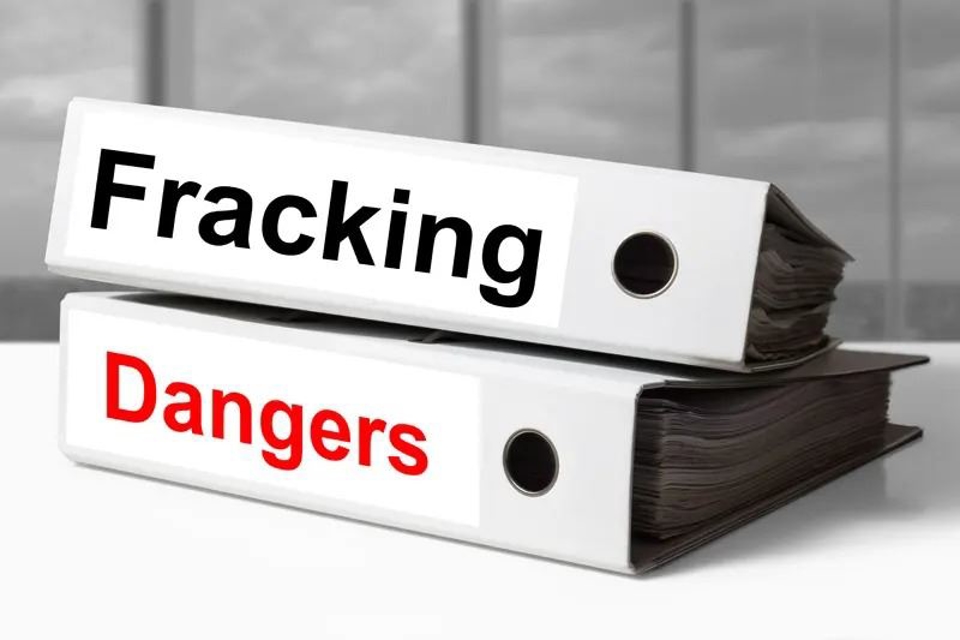China’s rapid economic growth is being fuelled by unsustainable and deadly practices, such as fracking. This is polluting the soil and the water reservoirs.
Extracting natural gas through fracking requires drilling several thousand meters deep, and pumping in chemically-laced water. Fracking in China began as an attempt to reduce the pollution created by its coal-based industry. In fact, China banned coal heaters this winter to promote cleaner sources of energy. However, this political measure led to a serious gas shortage that left communities facing freezing temperatures for weeks.
It is estimated that China’s liquified natural gas (“LNG”) demand will rise from 237bn cubic meters in 2017 to 317bn by 2020. In this context, the environmental impact of fracking can be devastating, especially when the interest in LNG goes hand in hand with a lack of regulatory oversight.
The rural town of Xiaohaotu (in the Shaanxi province) hosts 17,000 residents and is one of the examples of how an ecological haven can soon become an unsanitary and dangerous place to live. The aquifers that once allowed local farmers to grow food are now endangered as a result of ten years of unregulated natural gas extraction by Sinopec, a state-owned corporation.
The water in the area now looks cloudy and murky, as it has been poisoned by the toxic drilling mud—a byproduct of gas well drilling—which has been buried only a few meters below the surface. The Ordos Basin in Xiaohaotu contains one of the world’s five largest reserves of natural gas trapped in sandstone, aka “tight gas”.
Energy consultants agree that the largest extraction of gas in China will come from tight gas, and such interest will certainly have catastrophic ecological consequences if drilling-waste management continues to go unchecked.
China hosts a rural water protection policy and is trying to combat water pollution. However, its interest in LNG is risking its efforts to preserve aquifers. Deeper wells are excavated by the minute, and more substantial reserves are being accessed from multiples well openings, destabilizing the water table and increasing the use of drilling mud, the fluid used to lubricate and carry rock cuttings to the surface, and to cool and stabilize drilling equipment.
This drilling mud is highly toxic, containing metals such as iron and lead, and well-known carcinogens such as benzene. If buried untreated, the mud penetrates and contaminates the soil and groundwater.
For example, the villagers of Xiaohaotu claim that Sinopec has been paying roughly $4,400 for them to unlawfully bury untreated drilling mud and fracking wastewater on their land, often without taking appropriate safety measures.
As a consequence of this malpractice, instigated by reckless corporations feeding on the needs of desperate people, the health of the villagers has deteriorated dramatically. Approximately 70 percent of the population now suffers from some skin or gastrointestinal ailment, and cases of stomach cancer are frequent.
Despite the lack of official investigations, the connection between LNG-related pollution and cancer is reasonably straightforward. The mortality rate of gastric cancer in China is 25.2 per 100,000, which makes gastric cancer the leading cause of cancer death in the country. Most of the high-risk areas are rural areas, especially in the middle-western part of China.
Companies like Sinopec do not respond to people’s complaints about the presence of toxins in the earth and water in relation to the presence of drilling mud.
What the Chinese fracking crisis means to Americans is a kind of glimpse into the future that awaits us if we do not start regulating the practice of LNG extraction better. Unless we start protecting the people who live near fracking areas, we too are going to see our fresh water sources polluted, and cancer rates rising to unprecedented levels.
If you or a loved one are injured on a pipeline job, you may be eligible for significant financial recovery. Our Corpus Christi-based Williams PLLC oilfield injury attorneys represent injured pipeline workers in Texas, North Dakota, the Gulf of Mexico and across the nation. For a free, confidential case evaluation, contact Williams PLLC today.





